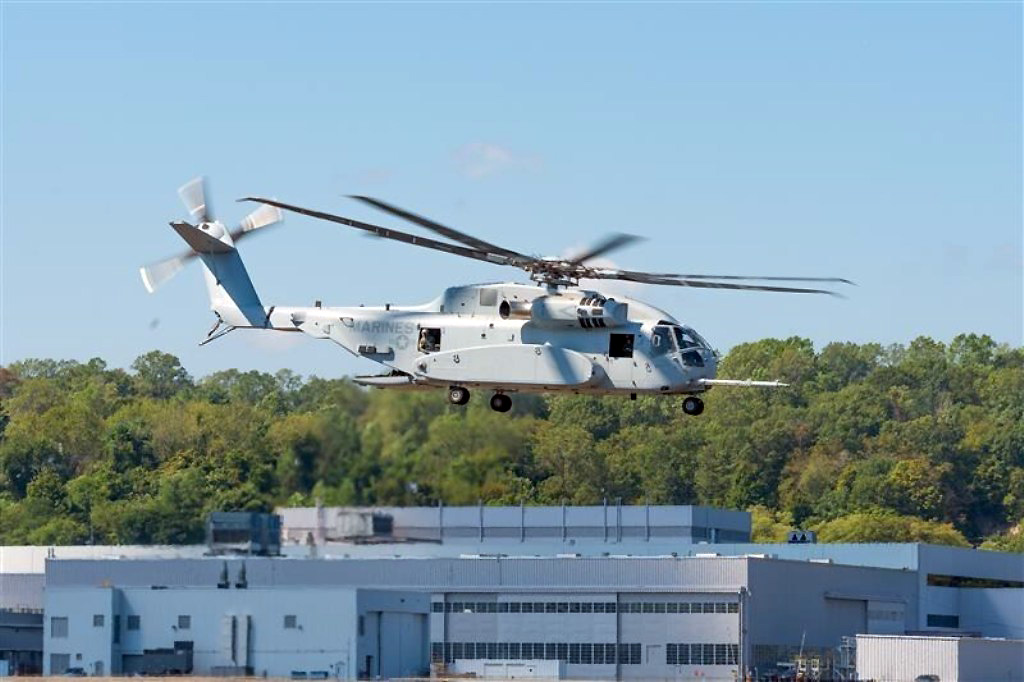Turkey’s Naval Ambitions: A New Era of Corvettes for Malaysia
In an impressive display of shipbuilding prowess, Turkish defense company STM recently held a keel-laying ceremony for three corvettes destined for the Royal Malaysian Navy in Istanbul. This marks a significant milestone as it represents Turkey’s inaugural corvette export to the Asia-Pacific region, creating ripples of excitement in both nations as they enhance regional maritime security capabilities.
The Littoral Mission Ship Batch-2 Program
Designed as part of the Littoral Mission Ship (LMS) Batch-2 program, these vessels will play a vital role in modern naval warfare. They are specifically engineered to execute a variety of maritime defense operations, including anti-surface, anti-air, asymmetric, and electronic warfare missions. With rising tensions in regional waters and an increasing need for effective maritime defense strategies, these corvettes are expected to bolster the Royal Malaysian Navy’s operational capabilities significantly.
Innovative Design and Features
The corvettes are based on the highly regarded ADA-class design and will be delivered by the end of 2027. STM, as the lead contractor, ensures a comprehensive approach to their construction, covering design, integration, and logistics support. Each corvette will feature a sleek and stealthy hull designed to minimize radar cross-section while maximizing maneuverability. This forward-thinking design approach highlights the emphasis on modern naval architecture that balances stealth and speed.
Performance Specifications
With a displacement of approximately 2,500 tons, these corvettes will measure 99.5 meters in length and are capable of achieving speeds exceeding 26 knots. They are equipped with a CODAD propulsion system powered by four diesel engines, which will provide them with an impressive operational range of over 4,000 nautical miles at cruising speed. Designed for endurance, the ships can sustain operations for up to 14 days and will host a crew of 111 personnel. Additionally, they will feature a hangar equipped for helicopter operations, allowing for versatile mission execution in various maritime scenarios.
Advanced Armament and Combat Systems
To maintain superiority in a complex maritime environment, these ships will be equipped with an array of advanced weaponry and systems. The primary weapon will be an Italian-made Leonardo 76mm main gun, complemented by the Aselsan Smash 30mm secondary gun. The corvettes will also carry Roketsan Atmaca surface-to-surface missiles and South Korean Haegung surface-to-air missiles, ensuring they can effectively engage various threats both on the surface and in the air.
Safety and operational readiness are further enhanced with decoy launchers and advanced electronic warfare capabilities. The combat systems aboard will include a comprehensive suite of technologies, such as a 3D surveillance radar for real-time maritime awareness, Identification Friend or Foe (IFF) systems, and specialized electro-optical fire control systems. A state-of-the-art combat management system provided by Havelsan will ensure seamless integration and control of all onboard systems.
Strengthening Defense Ties Between Turkey and Malaysia
The LMS Batch-2 project not only represents a leap in Malaysia’s naval defense capabilities but is also a testament to the growing defense collaboration between Turkey and Malaysia. Following the signing of a government-to-government defense agreement in June 2024, with steel cutting for these ships commencing in December of last year, both countries are stepping up efforts to forge stronger military ties. By building these vessels in Turkey with contributions from local defense firms, this joint initiative reflects an understanding that modern defense challenges require collaborative solutions.
As the keel of these corvettes is laid in Istanbul, they stand not merely as vessels of war but as symbols of a mutual commitment to maritime security and defense innovation in an increasingly complex global landscape. Through this partnership, Turkey and Malaysia are set to reshape the contours of naval power in the Asia-Pacific region.





